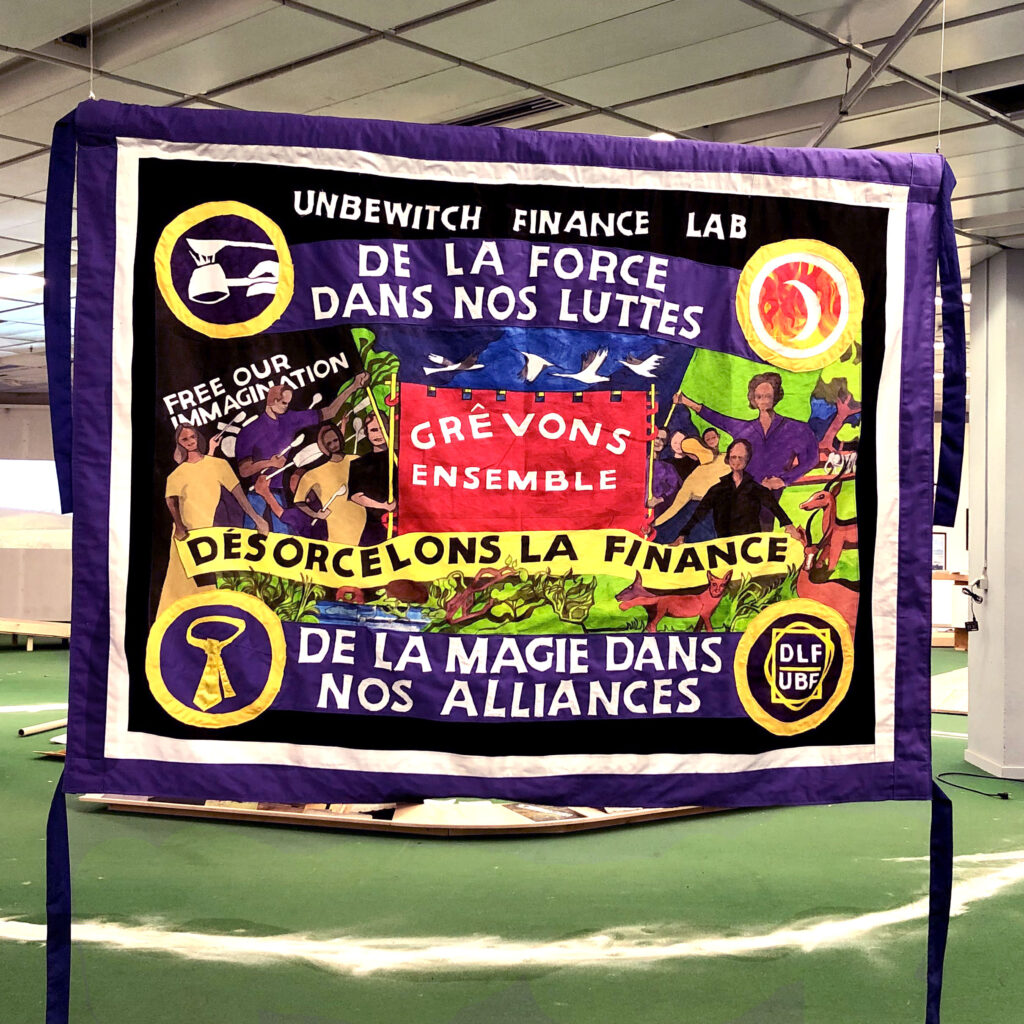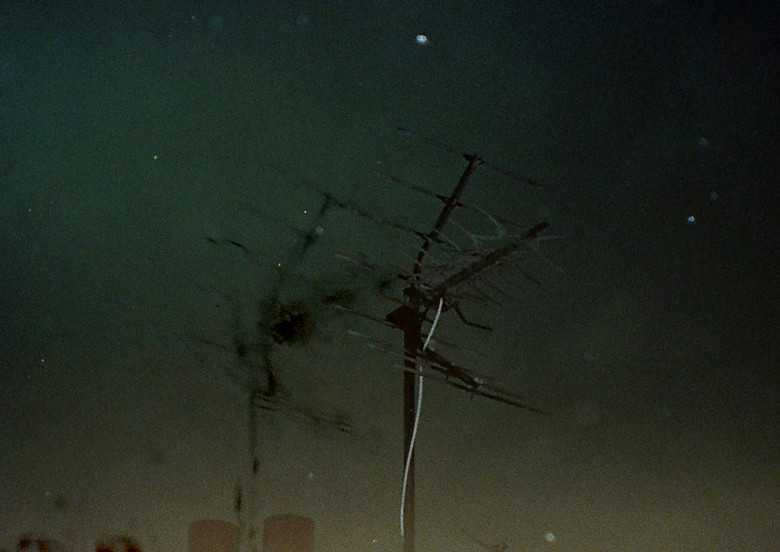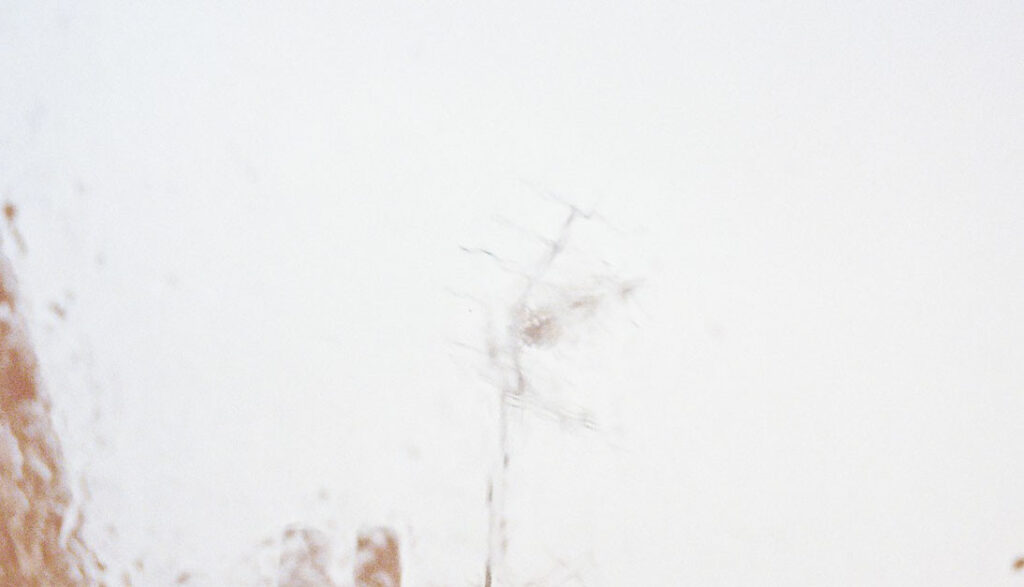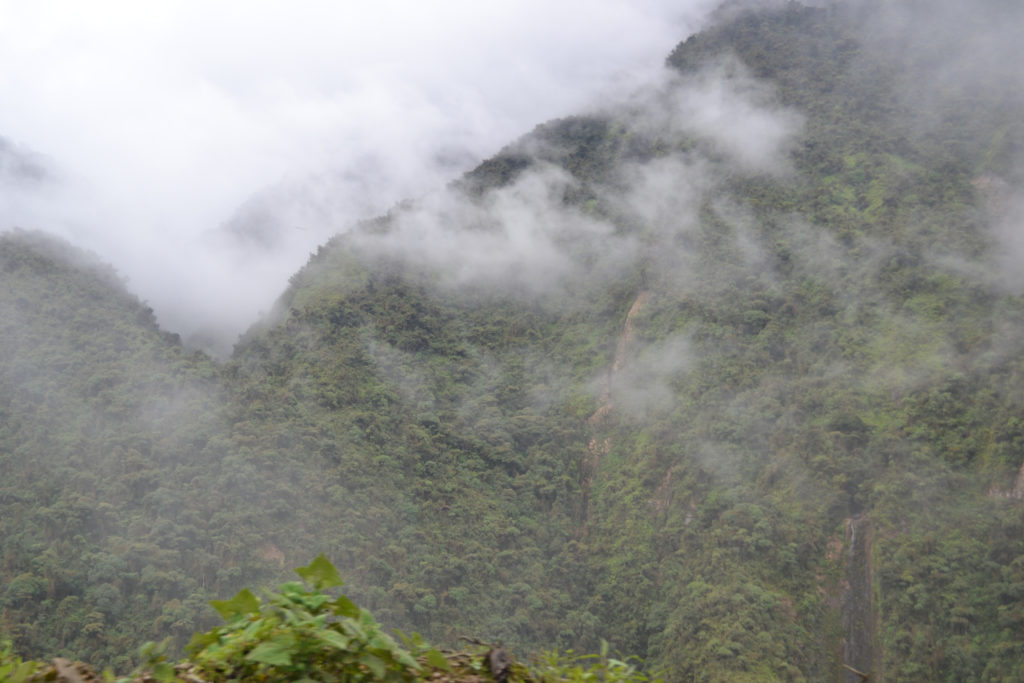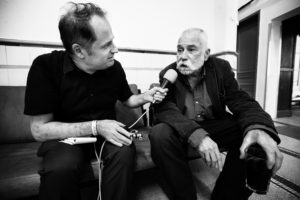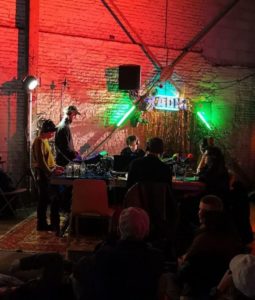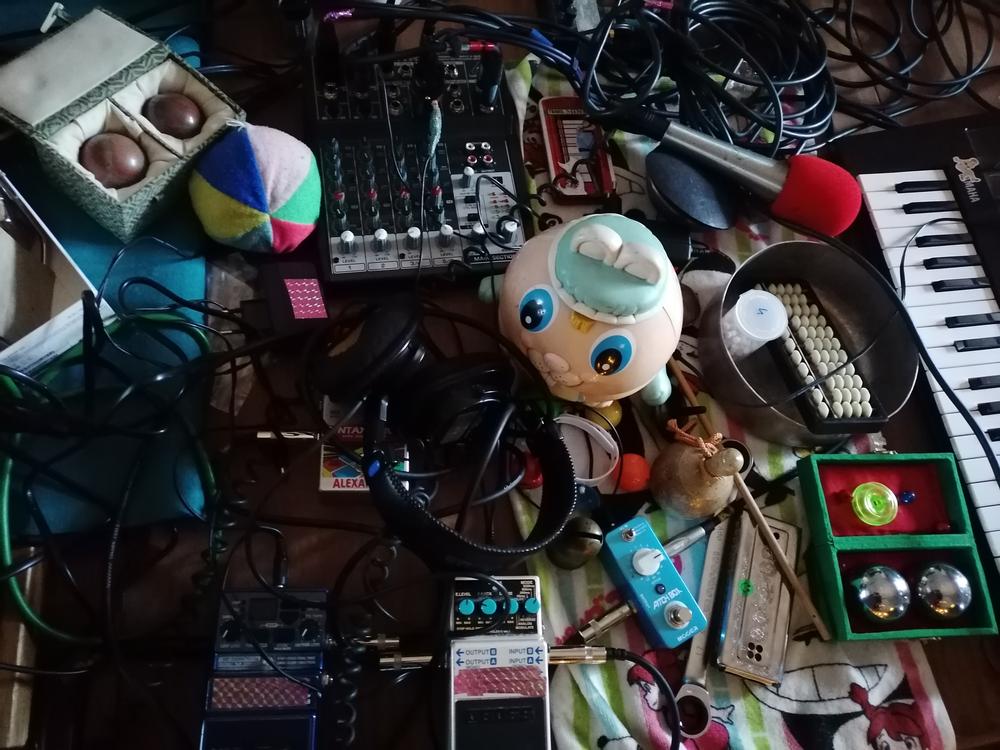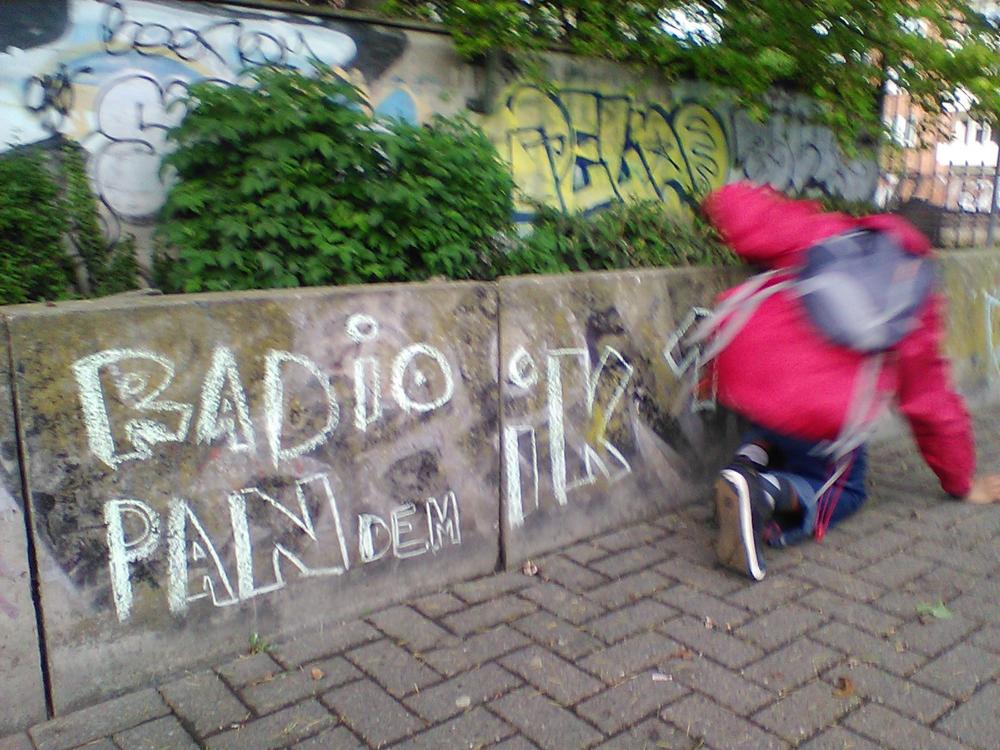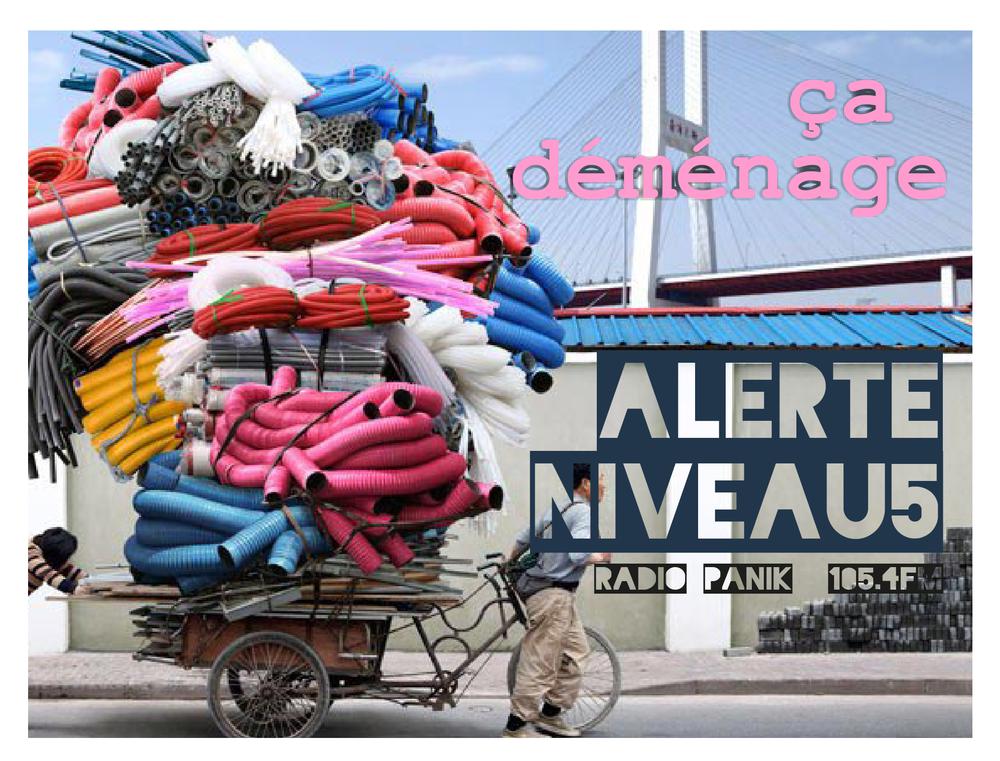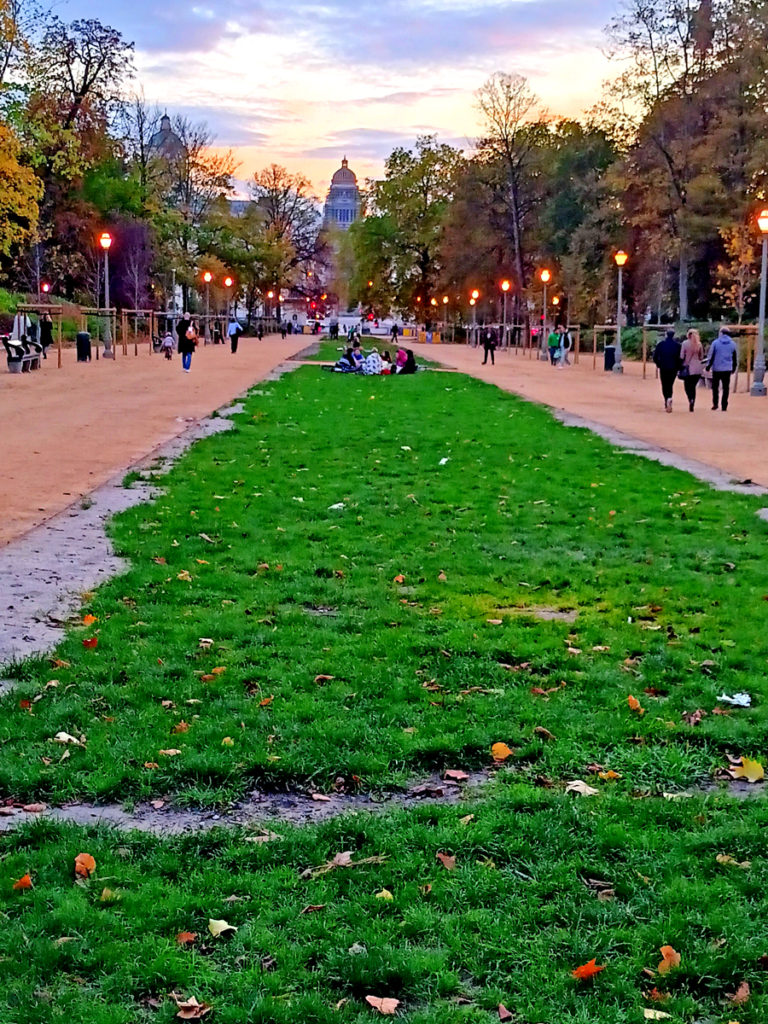
Subjectiv sound visit, “Symphony for a city” goes out of the field of reality in order to tranform it, mix it and make it sing. Based on records made during october 2022 in Bruxelles, this sound play distort the thousand noises of the city in order to make arrise his poetry, his rage, his rythm. In punctuation, daily words used in the french language like « bonjour » (hello), « oui » (yes), « non » (no) and « merci » (thank you) are declined in their infinites intonations. Oui don’t mean necessairly yes. Non can be sometimes be ask like a question. Merci is often used without a thought. Bonjour exist in a unconscious way but can also be used in very intimate opening to the closest persons. So many possibilities with which a game is established, first in solo and then with interactions between each words. This words, repeats, exhausted by repetition, loose then theirs significations for finaly just keeping theirs musicality, and theirs radicalness. Finaly, they enter into the landscape in which they are inscribed, in fake or in real.
This work would not have been possible without the meeting this summer 2022 of Arthur Lacomme and Domitille Devevey during the radio creation festival « Utopie Sonore ». The many “oui” heard were, by the way, collected from the participants of this festival.
This sound play was written with advices of Vincent Matyn and the kind listening of the Radio Panik team.
Finally, thanks to the voices, anonymous or friends, who punctuated this sound play.
Credits :
Image : Domitille Devevey
Mixing, composing, recording and production : Domitille Devevey
_____________________________________________________________
Symphonie pour une ville Visite sonore subjective, Symphonie pour une ville sort du champ de la réalité pour la transformer, la mixer et la faire chanter. Basée sur des enregistrements faits durant le mois d’octobre 2022 à Bruxelles, cette pièce sonore détourne les milles bruits de la ville pour en faire jaillir sa poésie, sa fureur, son rythme. En ponctuation, les mots du quotidien employés par les francophones comme « bonjour », « oui », « non », et « merci » sont déclinés dans d’infinis intonations. Oui ne veux pas forcément dire oui. Non peut parfois se poser comme une question. Merci s’emploie sans y penser. Bonjour existe de façon machinale ou bien s’utilise comme l’ouverture de l’intimité. Autant de possibilités avec lesquels un jeu s’instaure, d’abord en solo puis en ping-pong. Ces mots, répétés, filés, usés perdent alors leur sens pour ne garder que leurs musicalités et leurs radicalités. Ils s’accordent alors avec le paysage dans lequel ils s’inscrivent, en faux ou en vrai.
Ce travail n’aurait pas été possible sans la rencontre cet été 2022 d’Arthur Lacomme et de Domitille Devevey lors du festival de création radiophonique Utopie Sonore.
Les nombreux « oui » entendus ont d’ailleurs été récoltés auprès des participants du festival.
La suite c’est écrite à plusieurs oreilles, avec les conseils de Vincent Matyn et les écoutes bienveillantes de l’équipe de Radio Panik.
Merci enfin aux voix, anonymes ou amies qui ont rythmé cette création sonore.
Crédits :
Image : Domitille Devevey
Mixage, composition, enregistrements et réalisation : Domitille Devevey
